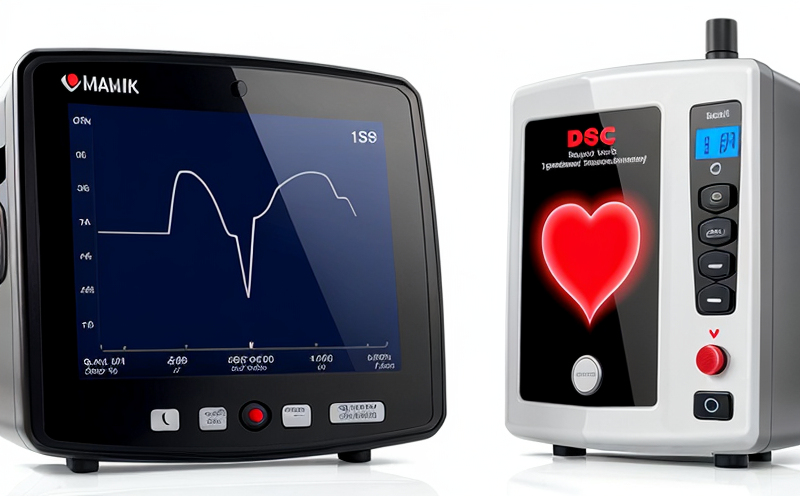ISO 25539 Balloon Catheter Fold and Wrap Testing
The ISO 25539 standard is a critical part of ensuring that balloon catheters used in medical devices meet the highest standards of safety and reliability. This testing method evaluates how well the balloon component of a catheter can withstand folding, wrapping, and subsequent deployment without compromising its integrity or function. The procedure simulates real-world conditions to ensure that the device performs reliably under stress, which is essential for patient safety.
The test involves several steps: preparation of the specimen, folding and wrapping according to specified parameters, and then assessing the balloon's resistance to failure after the process. This ensures that the catheter can be safely folded, wrapped, and used in various medical procedures without breaking or losing functionality. Understanding these nuances is crucial for quality managers, compliance officers, R&D engineers, and procurement specialists who ensure product safety and reliability.
The testing method is particularly important because balloon catheters are critical components of many medical devices that perform essential functions such as measuring blood pressure in the heart chambers, dilating narrowed arteries, and delivering drugs directly to affected areas. The failure of a balloon catheter can lead to serious complications for patients, making this test an indispensable part of device development.
The ISO 25539 standard provides clear guidelines for conducting these tests, ensuring that all manufacturers adhere to the same rigorous standards. This uniformity is vital in maintaining consistency and reliability across different products from various manufacturers. By adhering to this standard, we can ensure that every balloon catheter meets the necessary quality benchmarks set by healthcare professionals and regulatory bodies.
The testing process typically involves folding the balloon into a specific geometric shape, wrapping it around an axis or cylinder, and then subjecting it to repeated cycles of folding, unwrapping, and deployment. The number of cycles can vary depending on the device's intended use and the severity of the test required. The goal is to simulate real-world conditions as closely as possible, ensuring that the balloon catheter remains functional after these stresses.
Accurate specimen preparation is crucial for obtaining reliable results. This involves selecting the appropriate type and size of balloon catheter based on its intended use. The catheter must be cleaned thoroughly before testing to eliminate any external factors that could affect the outcome. Proper handling during folding, wrapping, and deployment ensures consistent data collection.
The instrumentation used in this test is specifically designed to meet the requirements outlined in ISO 25539. This includes devices capable of applying precise levels of force and angle during the folding process, as well as sensors that measure the balloon's dimensions and resistance before, during, and after each cycle. The data collected from these instruments provides critical insights into the catheter's performance under stress.
The acceptance criteria for this test are stringent to ensure that only those balloon catheters meeting the highest standards pass inspection. If a catheter fails any stage of the testing process—whether due to structural damage, loss of functionality, or other factors—it is deemed non-compliant and must be rejected from further use.
Understanding the real-world implications of this test is essential for those involved in medical device development and quality assurance. By ensuring that balloon catheters can withstand folding and wrapping without compromising their integrity, we enhance patient safety and improve the overall effectiveness of cardiovascular treatments.
Applied Standards
| Standard | Description |
|---|---|
| ISO 25539 | This standard specifies the procedure for testing balloon catheters to evaluate their resistance to folding and wrapping. It ensures that the catheter remains functional after these processes, thereby enhancing patient safety. |
Quality and Reliability Assurance
- Precision in specimen preparation is crucial for obtaining reliable test results.
- Use of specialized instrumentation to apply consistent force during the folding process.
- Data collection from sensors that measure balloon dimensions and resistance.
- The test involves folding the balloon into a specific geometric shape.
- Wrapping it around an axis or cylinder for repeated cycles of folding, unwrapping, and deployment.
Customer Impact and Satisfaction
- Ensures patient safety by preventing potential complications from device failure.
- Increases the reliability of cardiovascular treatments through consistent product performance.
- Reduces the risk of recalls due to non-compliance with regulatory standards.
- Promotes trust between healthcare providers and patients regarding the quality of medical devices used in treatment.





